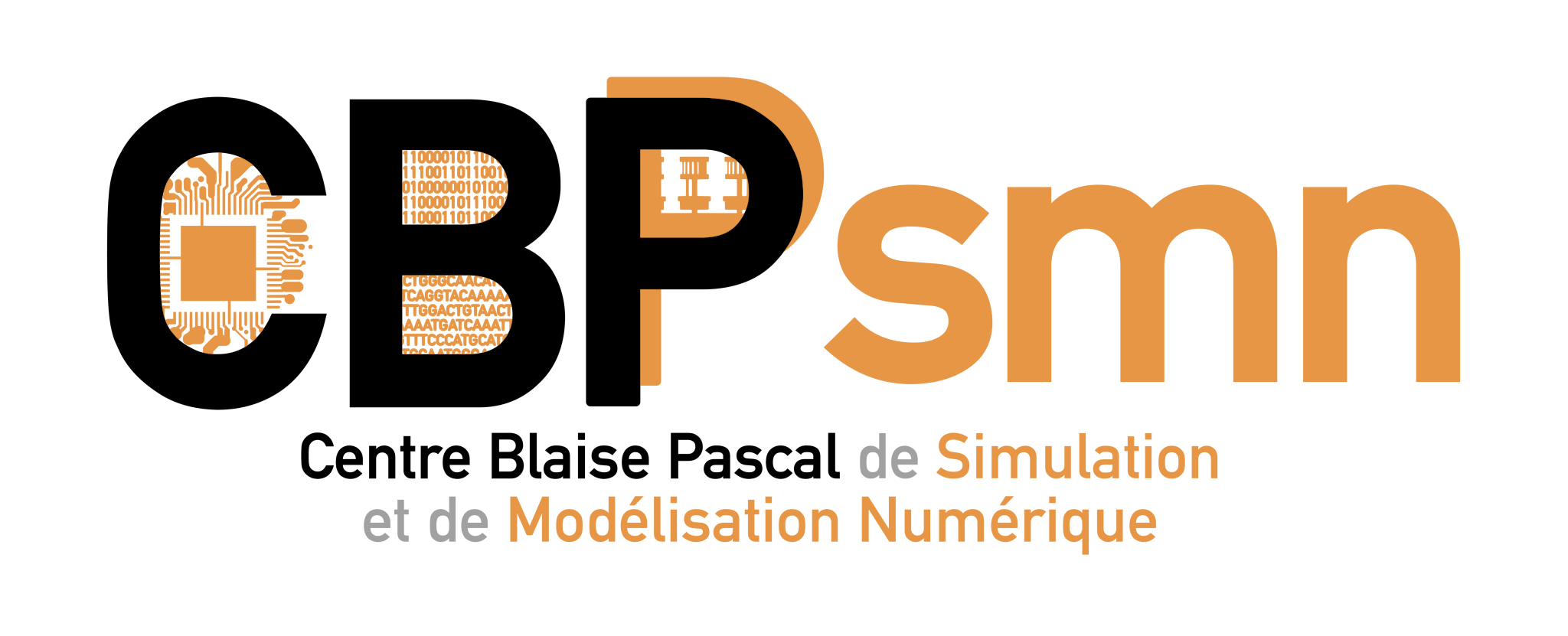Différences
Ci-dessous, les différences entre deux révisions de la page.
| Les deux révisions précédentes Révision précédente Prochaine révision | Révision précédente Dernière révision Les deux révisions suivantes | ||
|
animation:seminaires:2017:accueil [2017/03/10 10:09] cicaluga |
animation:seminaires:2017:accueil [2017/03/10 10:12] cicaluga [STRUCTURE, CHEMICAL ORDER AND REACTIVITY OF GOLD-PALLADIUM NANOPARTICLES: FROM VACUUM TO REACTION CONDITIONS] |
||
|---|---|---|---|
| Ligne 15: | Ligne 15: | ||
| * Ivan Rivalta (Laboratoire de Chimie, ENS de Lyon) \\ | * Ivan Rivalta (Laboratoire de Chimie, ENS de Lyon) \\ | ||
| * Cerasela Calugaru (Centre Blaise Pascal, ENS de Lyon, France) \\ | * Cerasela Calugaru (Centre Blaise Pascal, ENS de Lyon, France) \\ | ||
| + | |||
| + | **(25 participants)** | ||
| **Abstract :** \\ | **Abstract :** \\ | ||
| Ligne 46: | Ligne 48: | ||
| * David Loffreda (Laboratoire de Chimie, ENS de Lyon) \\ | * David Loffreda (Laboratoire de Chimie, ENS de Lyon) \\ | ||
| * Cerasela Calugaru (Centre Blaise Pascal, ENS de Lyon, France) \\ | * Cerasela Calugaru (Centre Blaise Pascal, ENS de Lyon, France) \\ | ||
| + | |||
| + | **(22 participants)** | ||
| The knowledge of the composition and surface structure of nanoalloy particles is crucial to explain their catalytic performance. In addition, the bonding of adsorbates may, in some cases, induce modifications in local atomic composition and surface structure, changing the activity and selectivity of the catalyst. These facts were observed for Au-Pd nanoparticles (1,2). Indeed, although the gold surface enrichment is predicted to be thermodynamically favorable under vacuum conditions (3) , a reversed segregation of Pd as a more active component to the surface is reported to occur in the presence of adsorbates (4,5). | The knowledge of the composition and surface structure of nanoalloy particles is crucial to explain their catalytic performance. In addition, the bonding of adsorbates may, in some cases, induce modifications in local atomic composition and surface structure, changing the activity and selectivity of the catalyst. These facts were observed for Au-Pd nanoparticles (1,2). Indeed, although the gold surface enrichment is predicted to be thermodynamically favorable under vacuum conditions (3) , a reversed segregation of Pd as a more active component to the surface is reported to occur in the presence of adsorbates (4,5). | ||
